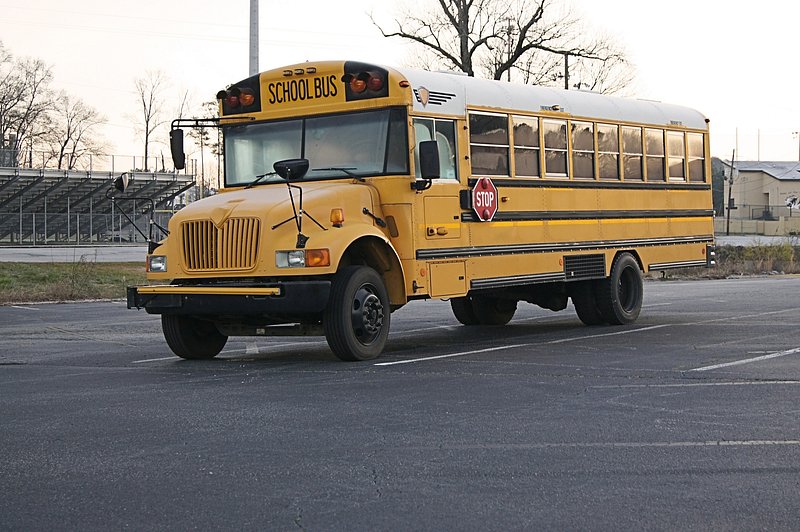In the heartland of America, South Dakota, where sprawling prairies meet bustling highways, a significant legislative development is poised to enhance road safety for its youngest citizens. A bill, designed to clarify school bus stopping restrictions and equip buses with advanced camera technology, is making its way through the state legislature with unanimous support. This initiative promises enhanced security for school children by targeting the rampant issue of drivers neglecting to halt when required.
On Monday, the House Judiciary Committee delivered unanimous approval for a proposal aimed at fortifying school bus safety measures. This directive, if turned into law, will authorize the installation of cameras on school buses to capture and identify motorists who defy stop signs, committing a Class 1 misdemeanor. The challenge of apprehending these violators, particularly within rural stretches of South Dakota where bus routes can extend beyond 100 miles, has made comprehensive monitoring a necessity.
Chamberlain’s Call to Action
The local leadership, including Justin Zajic, Superintendent of Chamberlain Schools, has been vocal about the immediate need for this legislation. Zajic shared, “This fall, our district had nine serious violations in as many weeks.” The high-speed highways in the Chamberlain School District, often with limits set at 65 miles per hour, add layers of complexity to enforcing the law. The absence of real-time witnessing by law enforcement currently impedes accountability and quick action against lawbreakers.
South Dakota’s sprawling landscapes, while picturesque, present logistical challenges in exercising the law. Law enforcement officers must generally witness violations firsthand to issue citations, often making swift response impractical or impossible given the extensive rural bus routes.
The proposal, backed unanimously by the House Judiciary Committee, marks a significant stride forward in safeguarding students across the state. It next advances to the House floor, where continued support is anticipated.
The Larger Context
For South Dakota’s communities, education and safety are intertwined priorities. The state, recognized for its commendable school systems and dedicated educators, understands the importance of secure transit for students. The integration of technology through bus-mounted cameras is a proactive approach that resonates with many stakeholders across the region.
The introduction of cameras serves dual functions: deterrence and evidence gathering. With video documentation, law enforcement can pursue and penalize drivers who violate bus stop laws without needing to witness the infractions in person. This technology empowers the education system and community leaders to address the concerns that Justin Zajic and others have raised.
Chamberlain School District
Advocates and Opponents
In the broader legislative arena, the proposal enjoys widespread support. Advocates argue that the implementation costs of adding cameras are offset by the safety benefits provided to thousands of students. They highlight that the advanced detection systems offer both immediate deterrents and long-term implications for road safety culture.
Yet, as with all innovations, there are those who express concerns about privacy and technological overreach. The state will need to articulate clear protocols ensuring that footage is used solely for its intended purpose of upholding the law and enhancing public safety.
The Road Ahead
This legislative step aligns with South Dakota’s commitment to employing proactive strategies for the well-being of its residents. As the bill advances to the House floor, it serves as a testament to the state’s dedication to using technology for the betterment of its communities.
The impact of this proposal extends beyond immediate safety. It fosters an environment where respect and responsibility on the roads become the norm, instilling a sense of duty that resonates from drivers to students. By prioritizing the safety of its future—its children—South Dakota continues to pave the way for a safer and more secure tomorrow.
As we await the final vote, stakeholders, educators, parents, and local residents anticipate the benefits this law would usher in. The voices of local leaders, coupled with the legislative backing, underscore the importance of this initiative not only within South Dakota but as a model policy for rural America.
